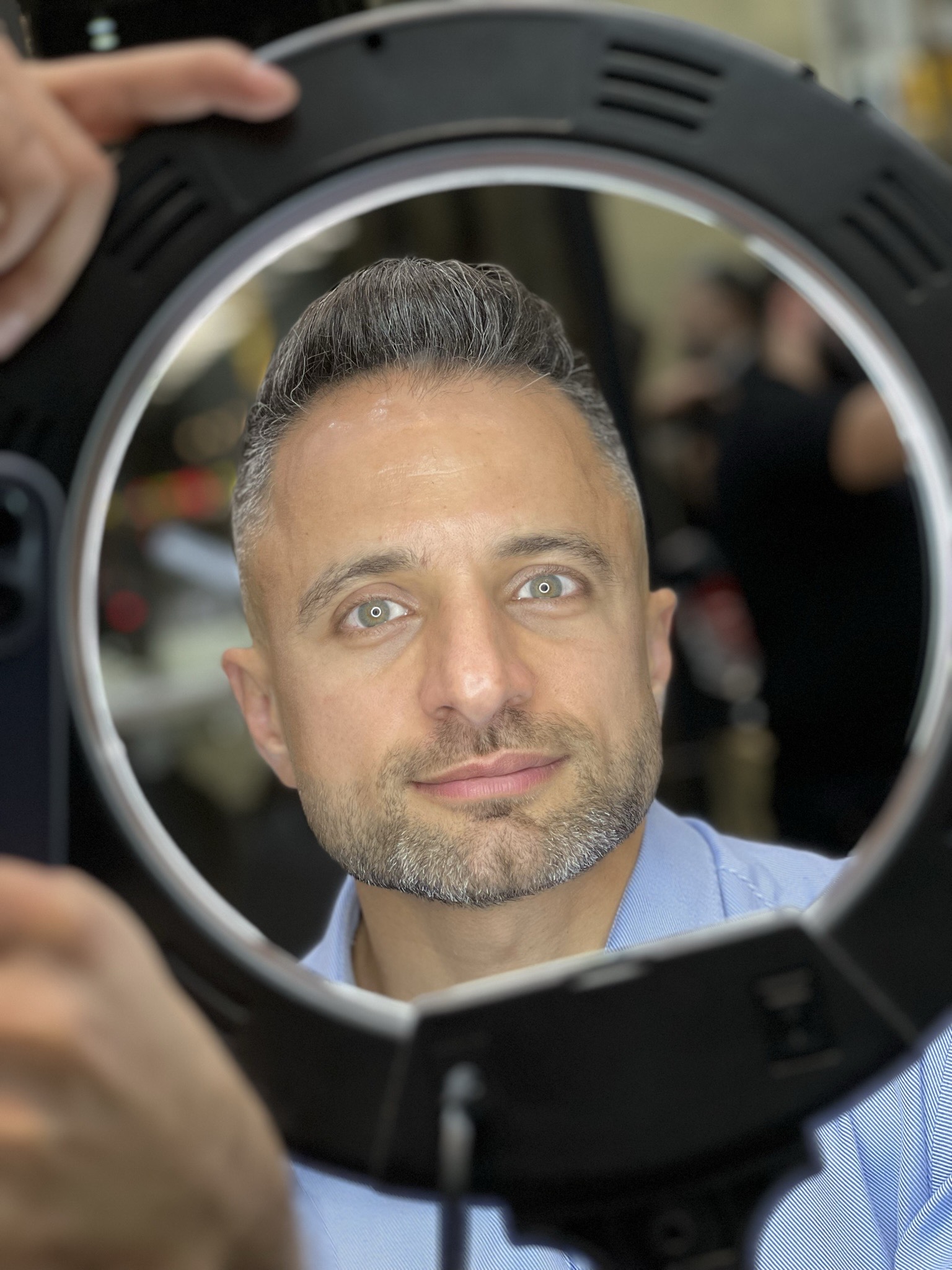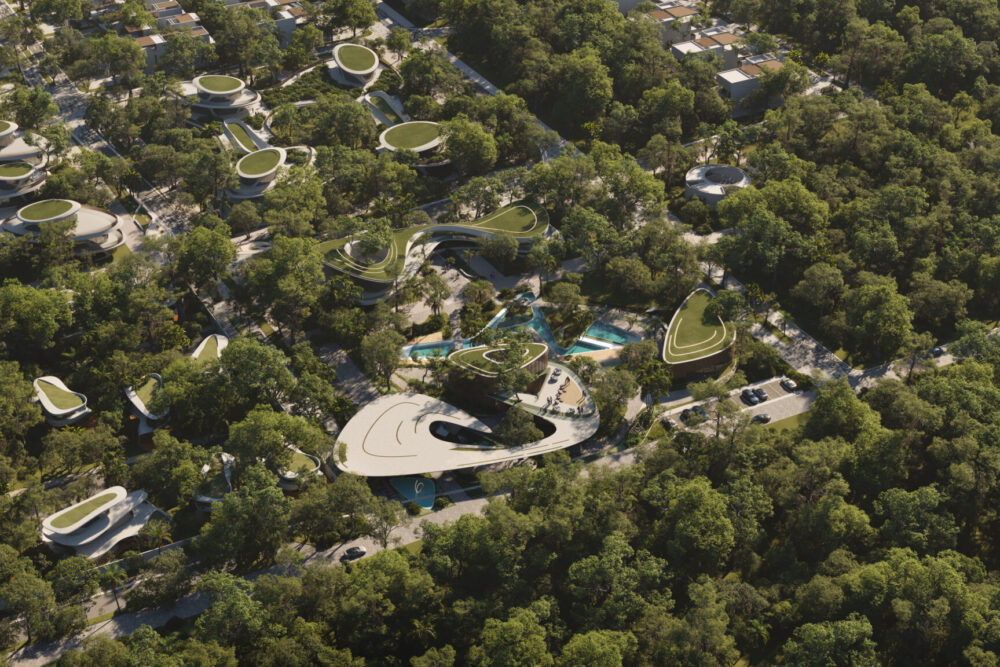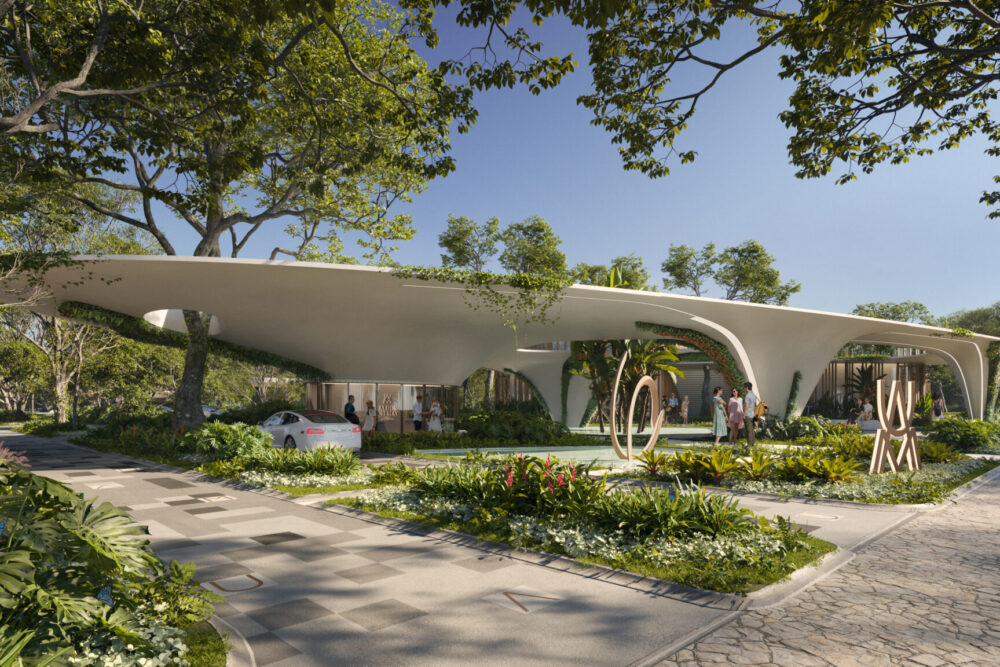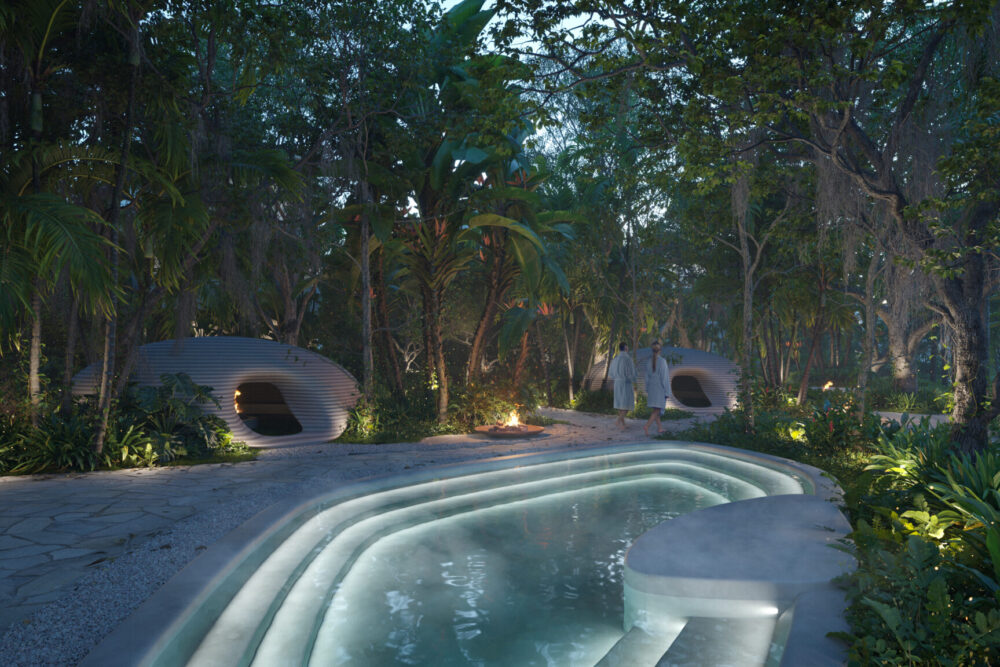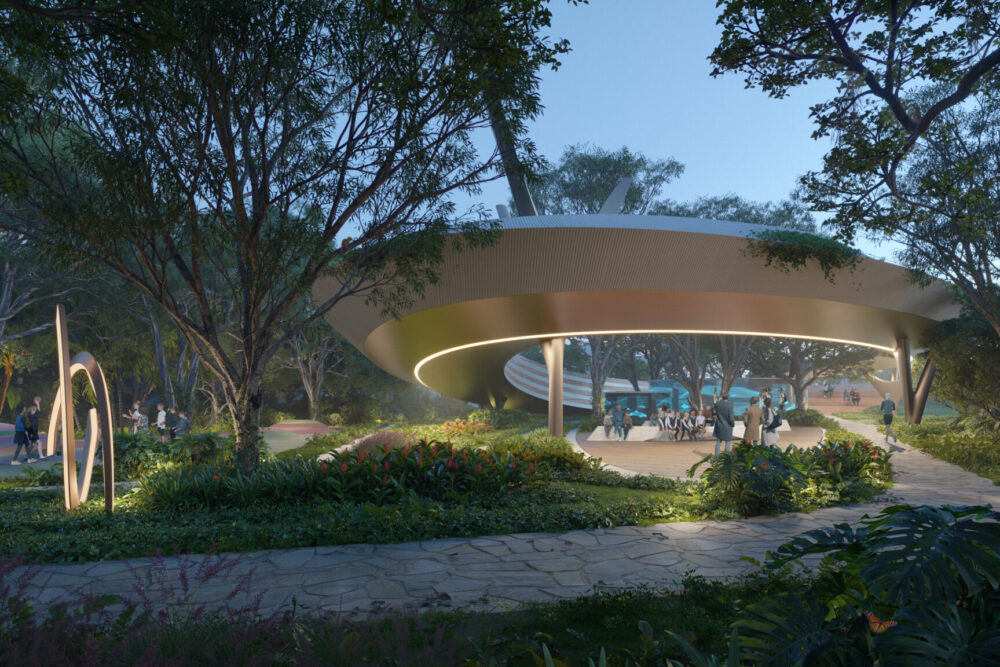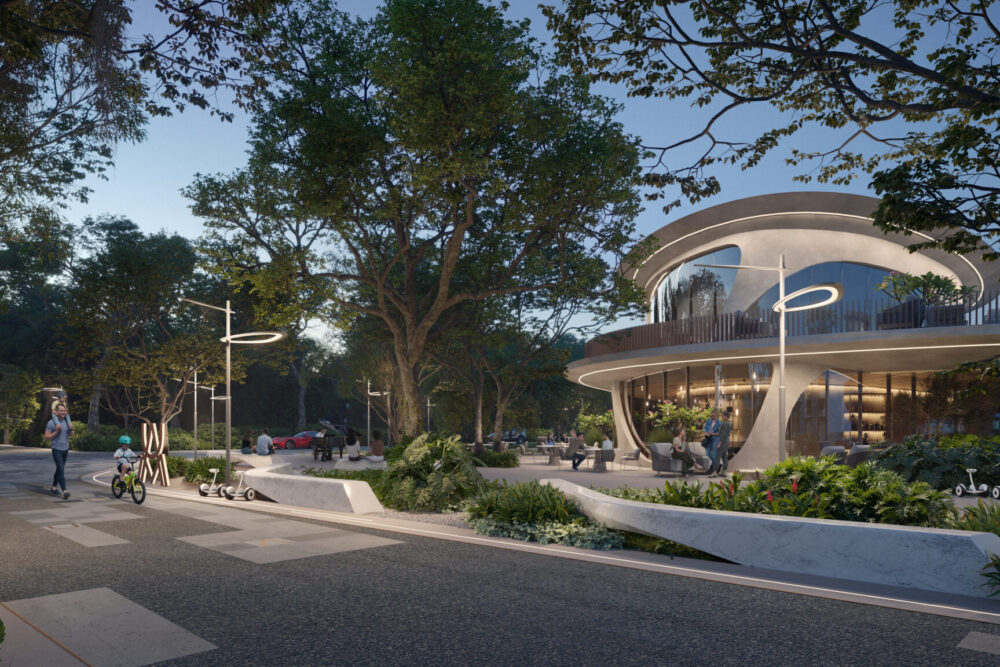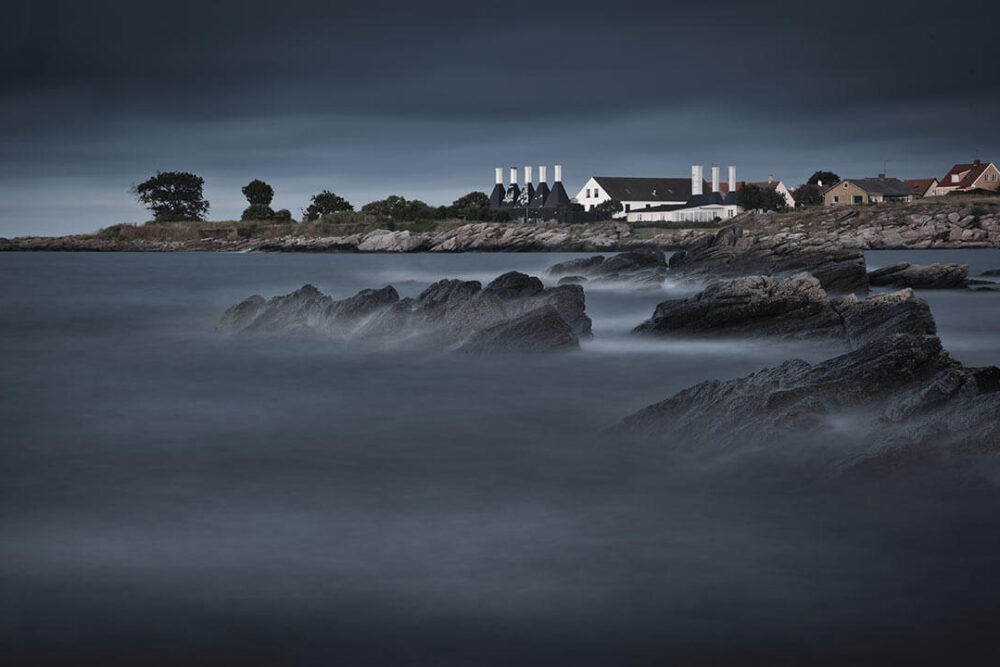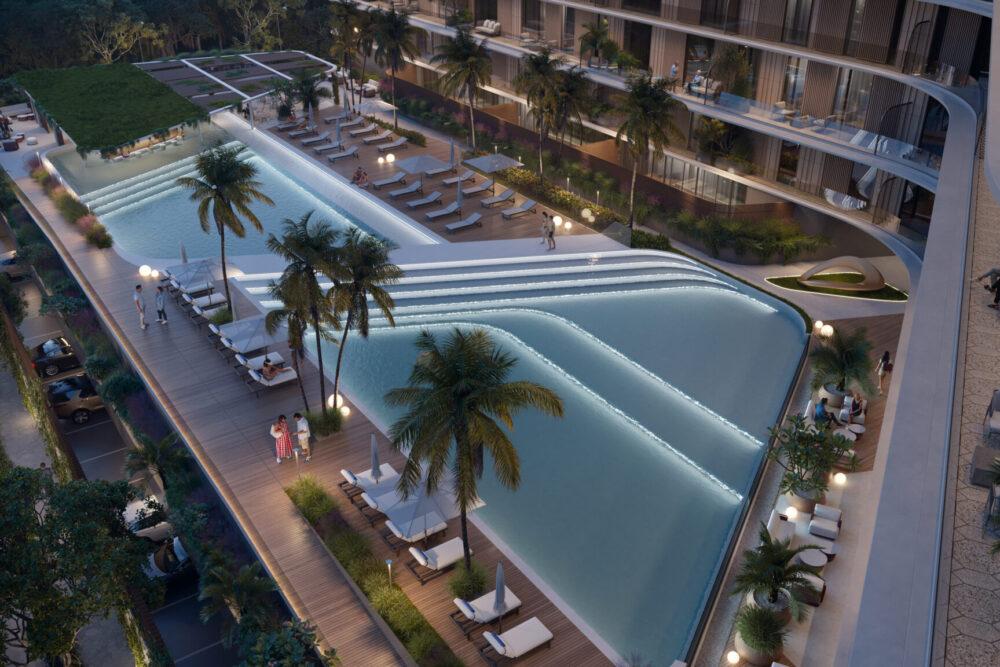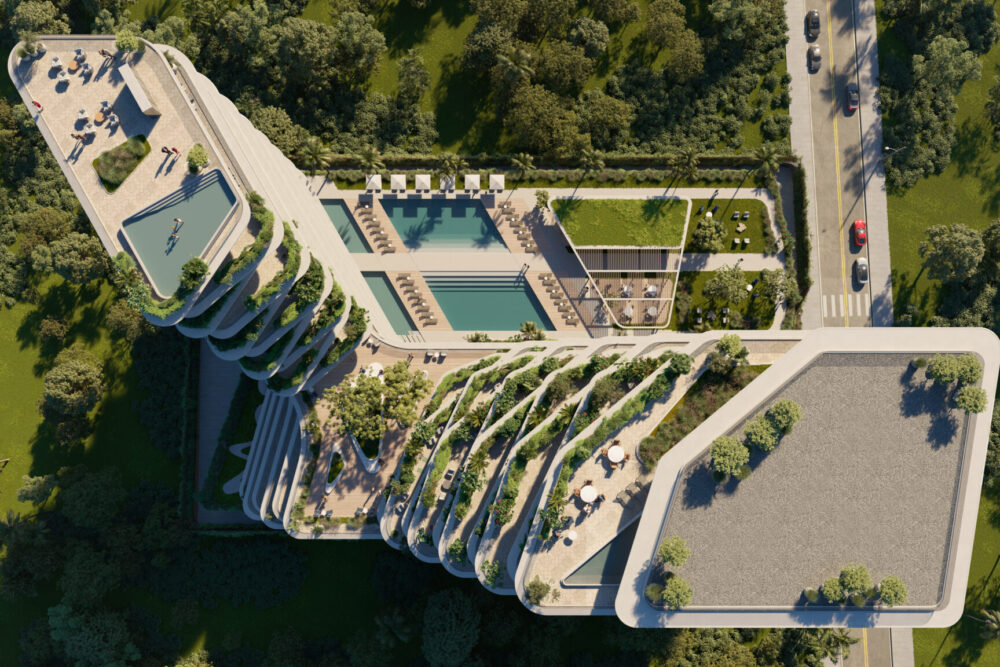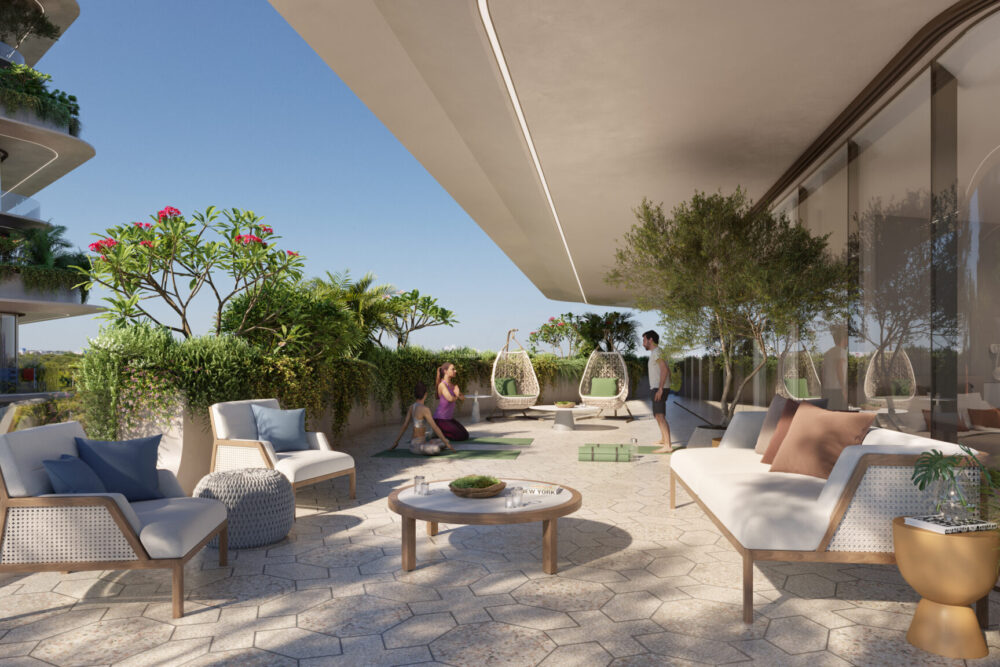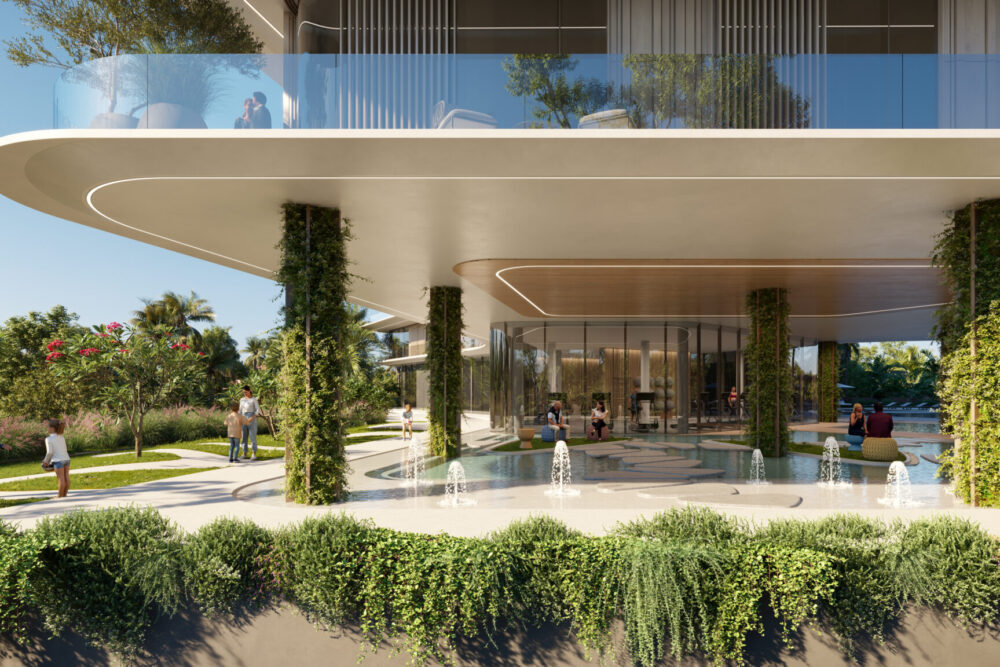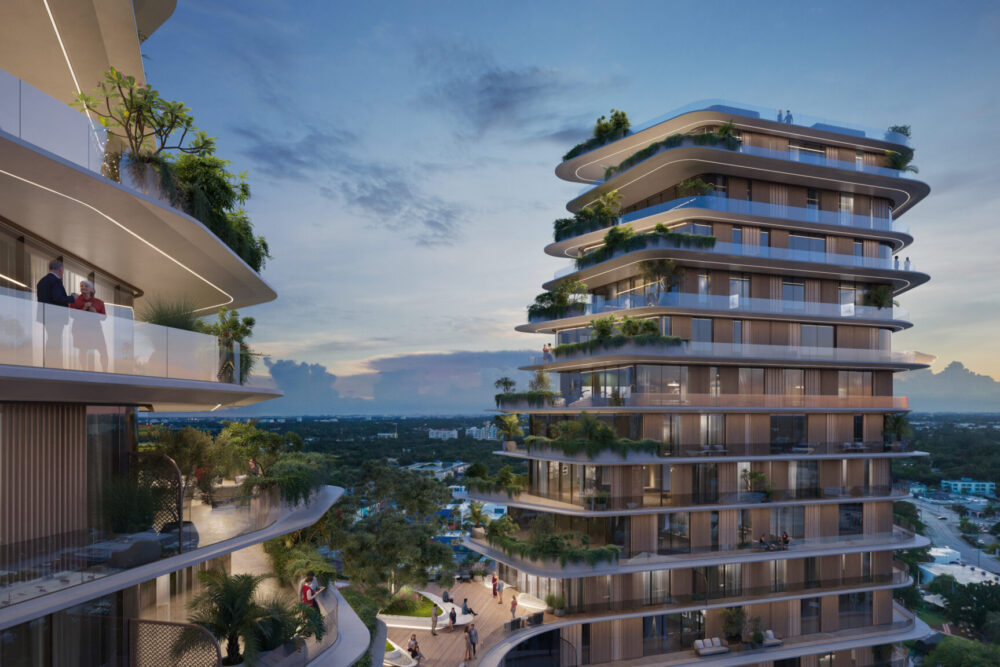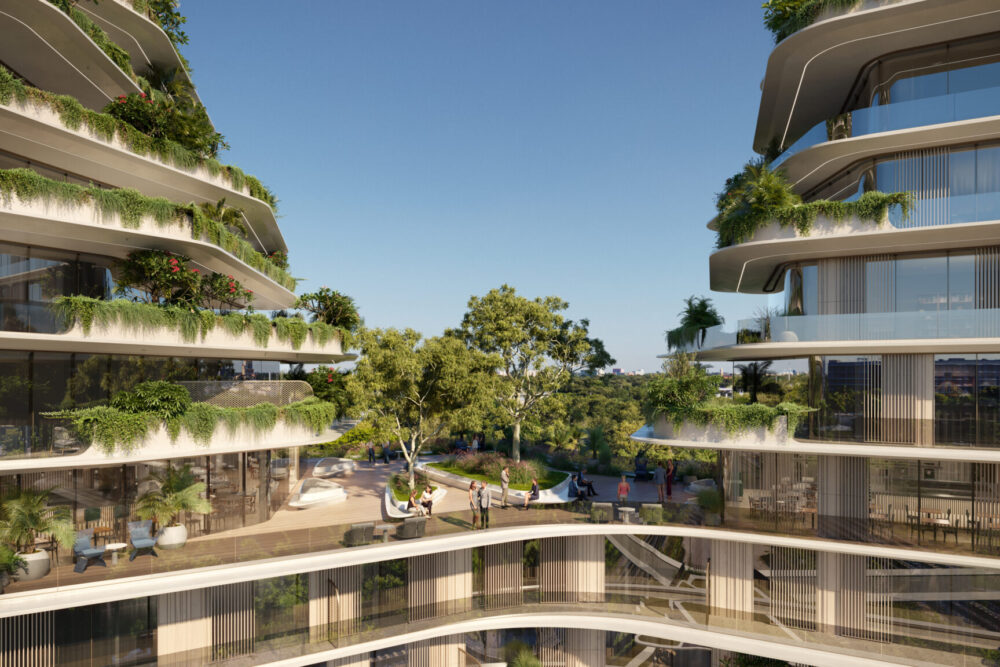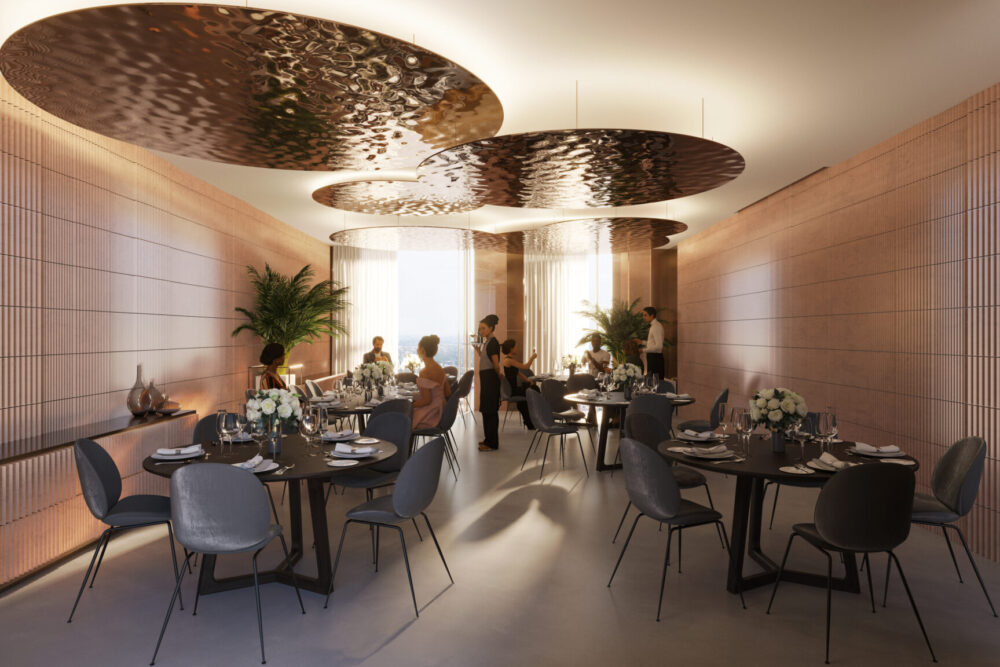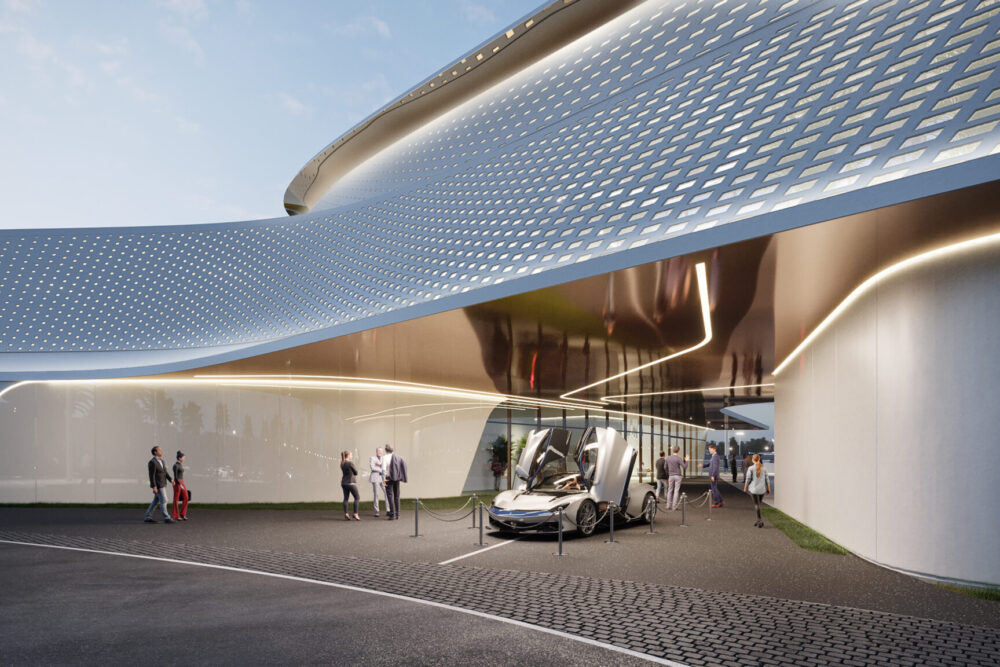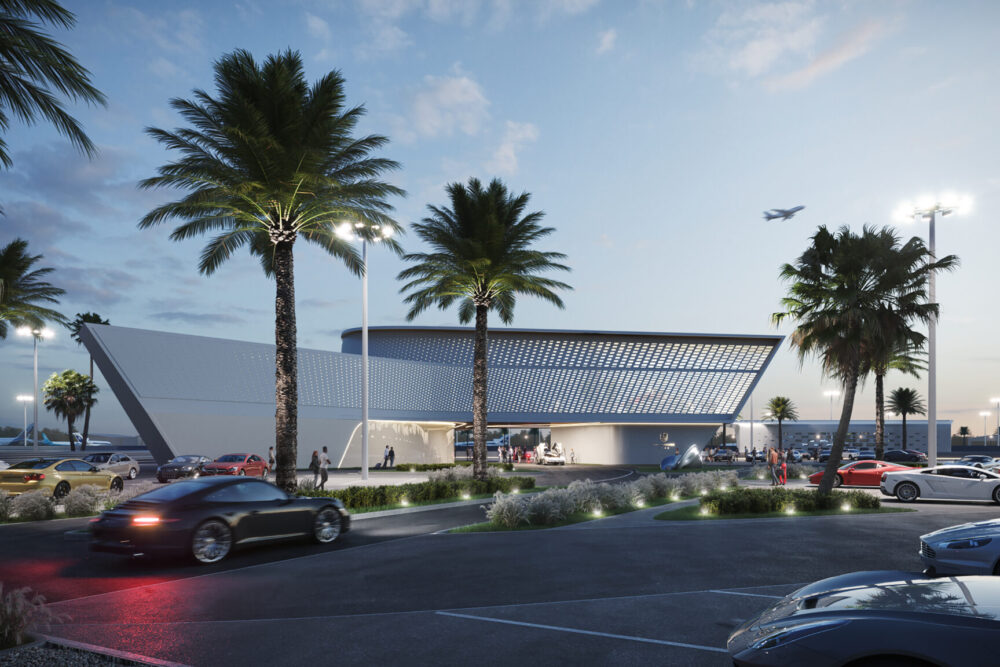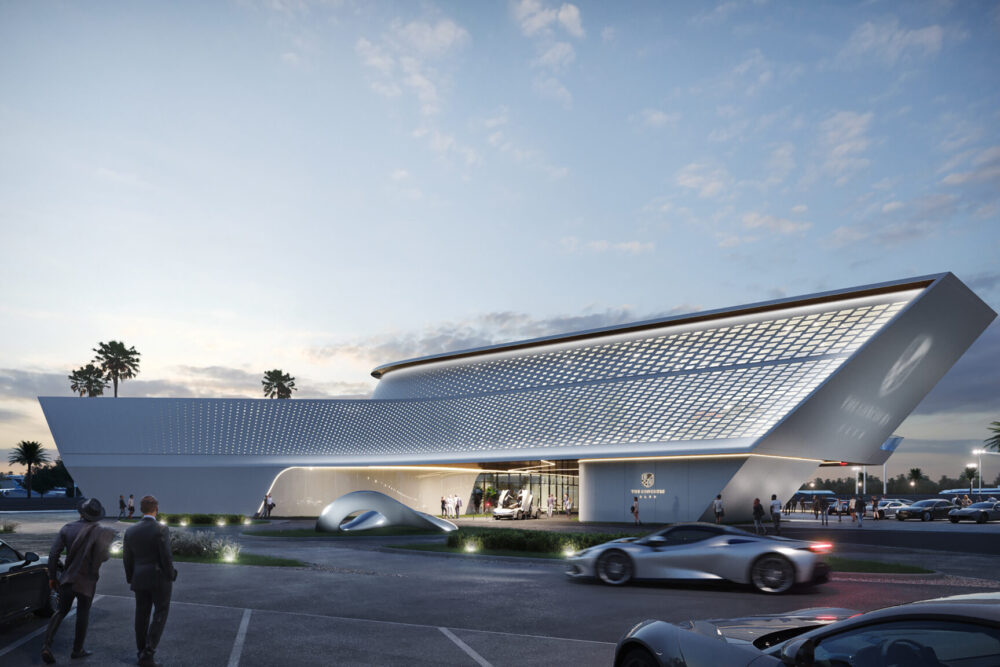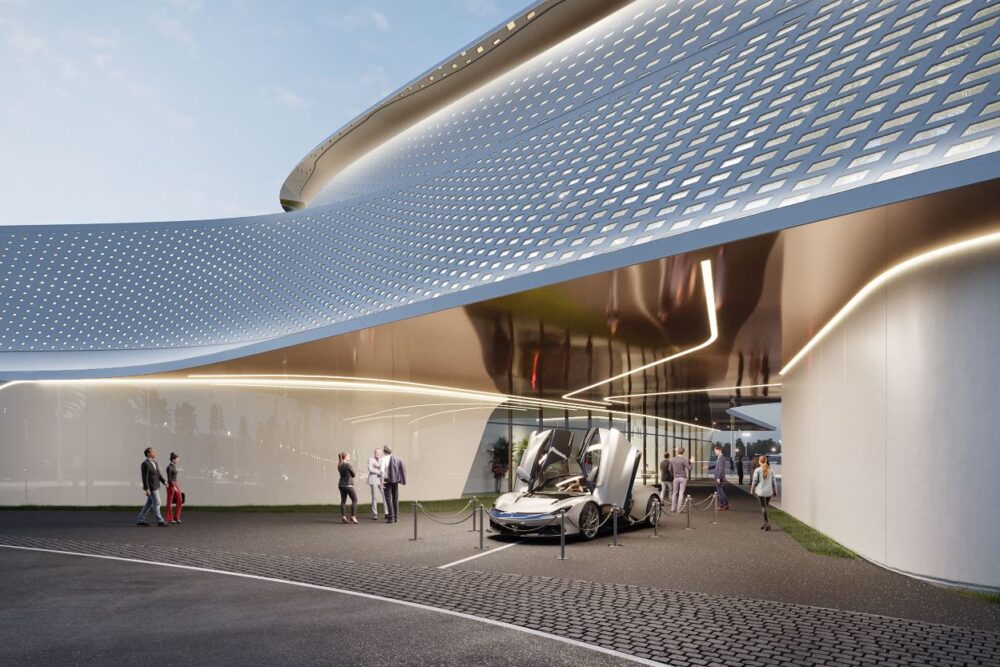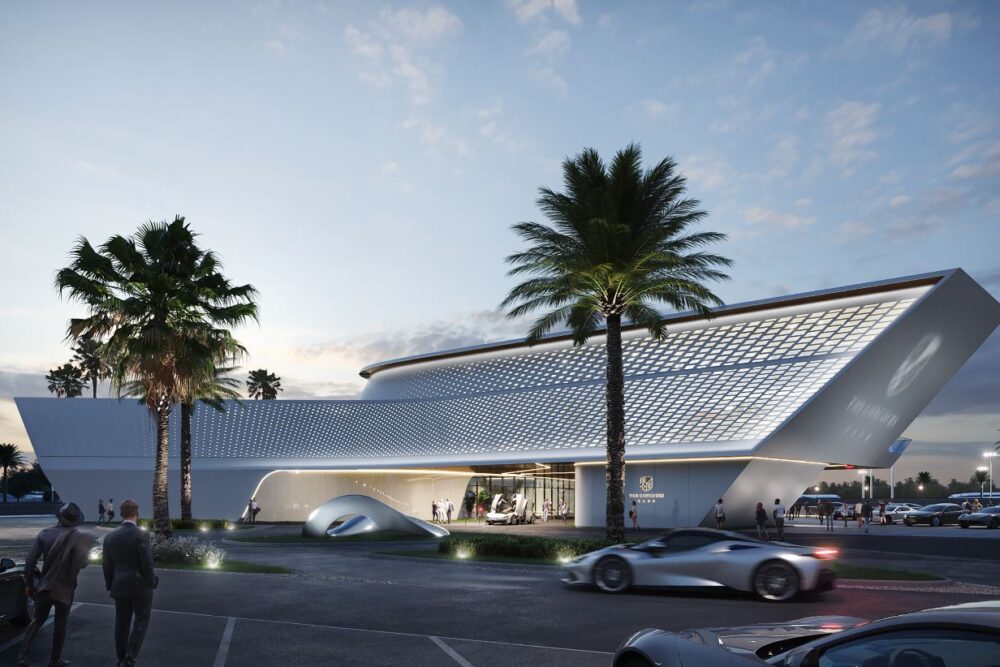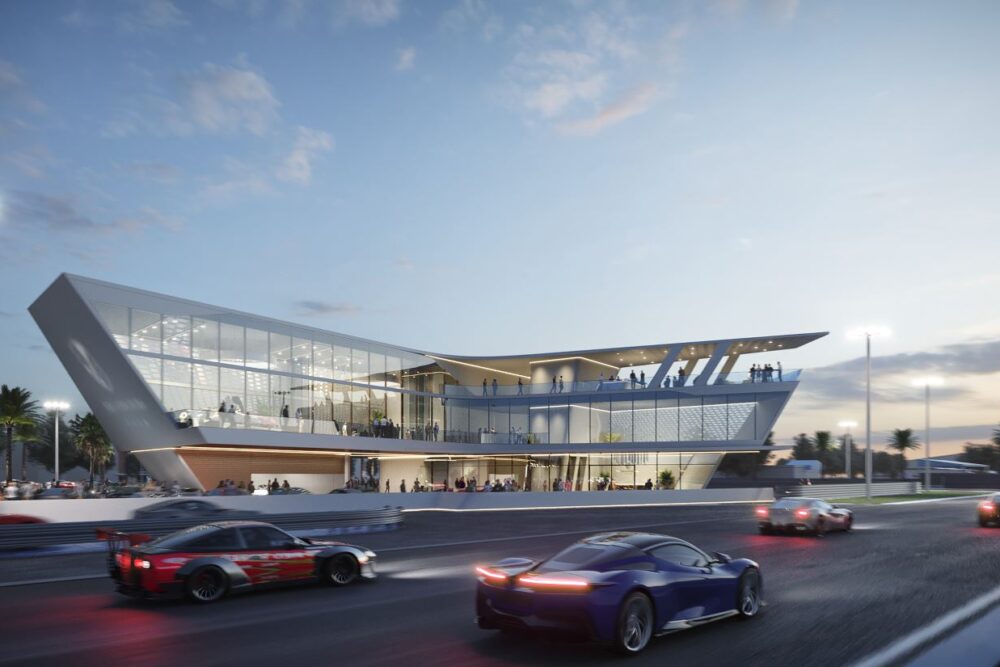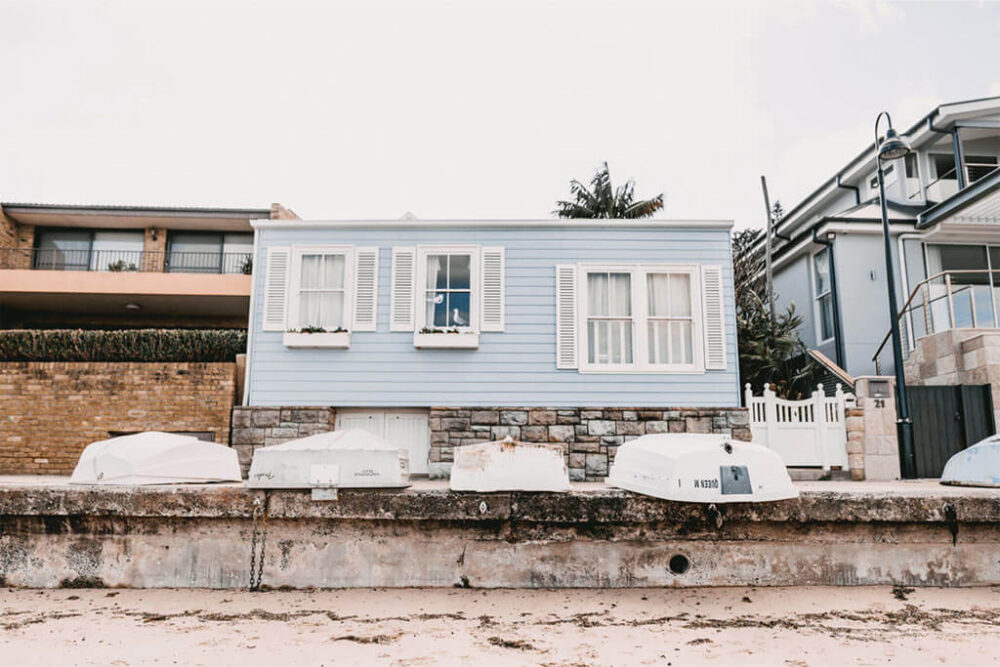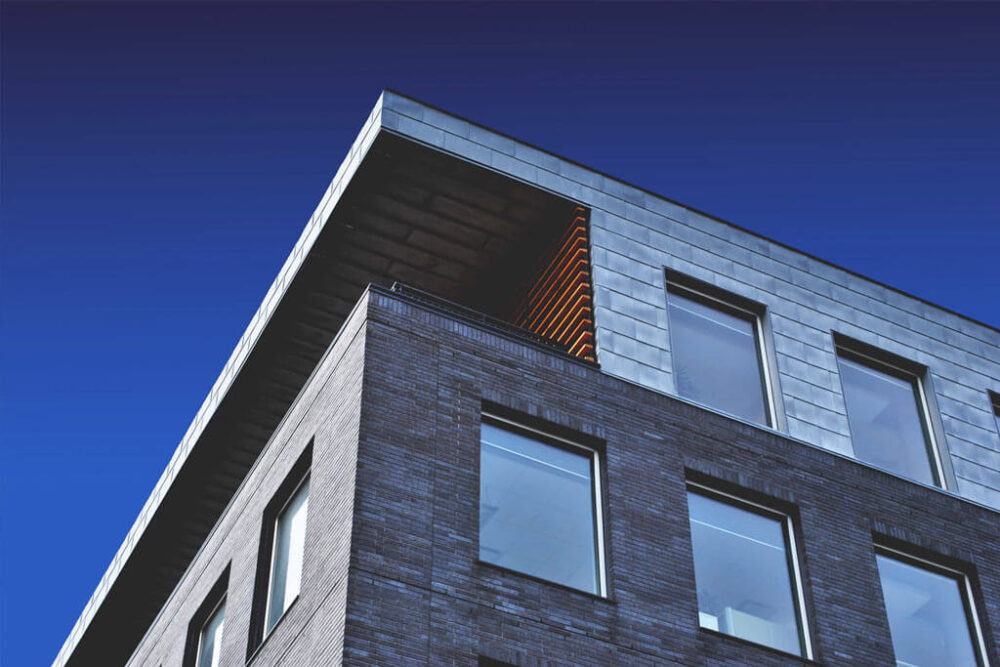How Pininfarina’s Chief Architect, Samuele Sordi, is Transforming Urban Spaces
From the picturesque landscapes of Florence, Tuscany, to the vibrant streets of Miami, the fascinating journey of Samuele Sordi as an architect has been a captivating narrative of creativity, innovation, and resilience. Now as the Chief Architect of Pininfarina of America, his endeavors redefine the boundaries of architectural design, and his leadership continues to inspire a new generation of architects.
His love for architecture was born and nurtured in the quaint city of Florence, a city known for its architectural marvels. Samuele’s life journey took him from Rome to Turin, then from the cultural kaleidoscope of Beijing to the glamorous cityscape of Miami. Each place imprinted on him unique architectural languages, which he now masterfully converses through his creations.
Sordi’s devotion to his craft is a testament to his relentless drive. The architectural maestro admits, “Even when I’m not working, I find myself engrossed in my projects.” His ability to see and feel the pulse of public spaces, coupled with his profound understanding of how people interact with these environments, has provided him with a unique lens to envision and create.
Sordi’s architectural education at the University of Florence played a significant role in shaping his design philosophy. Influenced deeply by his professors, he acknowledged that architecture is more than a discipline—it’s an amalgamation of various art forms, embodying history, culture, functionality, and aesthetics.
As technology ushered in the era of digital architecture, Sordi embraced it wholeheartedly. The digital revolution in architecture transformed not just the design process but also the manufacturing procedures within the construction industry. “Adapting to digital architecture and implementing it in our designs during my early career at Zaha Hadid’s Italian office was a great source of pride,” reflects Sordi.
Through his career, Sordi has developed a strong growth mindset. He perceives mistakes as invaluable opportunities for learning and improvement. “The willingness to learn, fail, and more importantly, to learn from those failures are qualities that make an architect excel,” says Sordi. His work stands as a testament to his roots and reflects Italy’s renowned attention to detail, a perfect blend of form and function.
Believing that every project provides an opportunity to contribute to a better future, Sordi remarks, “We architects have the chance to improve society and move one step closer to the ideal city we all aspire to create.” His emphasis is on the power of good design to narrate a story, resonate with people on an emotional level, and add substantial value for all stakeholders.
As the Head of Architecture at Pininfarina, Samuele Sordi has been a strong advocate for a multidisciplinary approach in design. He upholds the philosophy that opposing concepts can coexist harmoniously within a design, giving it a unique character. “Performance, comfort, and aesthetics are not just values for designing cars. These principles can guide architectural design to improve functionality, enhance user experience, and ensure energy efficiency,” Sordi asserts.
A testament to this philosophy is the Concourse Event Campus. This innovative, multipurpose structure located within The Concours Club—a private motorsports club in Miami—is not just an architectural masterpiece but also an immersive experience.
The building’s design seamlessly integrates multiple activities while ensuring ease of movement and a natural flow throughout. It is a marked departure from traditional utilitarian structures. This multifunctional building seeks to add value and enhance user engagement, whether the users are club members, event attendees, or guests. The idea was to create a space that didn’t just serve a purpose but also evoked an emotional response and connection with the users.
One of the salient features of the Event Campus is its terrace, which offers an unobstructed view of the driving circuit. This vantage point provides visitors with an immersive experience, emblematic of Pininfarina’s commitment to merging performance, comfort, and aesthetics. Each area within the building, from dynamic event spaces to serene zones like the lobby and the members’ lounge, is designed with its unique character, reflecting the versatility and depth of Pininfarina’s design principles.
The design philosophy at Pininfarina thrives on the intermingling of diverse disciplines. Sordi says, “Our cross-fertilization environment encourages exchange across automotive, industrial, interior, and architectural fields. Through our collaboration with external partners, we stay at the forefront of design innovation, consistently producing sustainable solutions for societal needs.”
Sordi’s vision extends beyond creating stunning designs. He talks about the need to make designs locally relevant, respectful of the surrounding environment, and sustainable. The focus on sustainable urban mobility is central to his vision. “Electrification is key in our quest for sustainable urban mobility. We’re exploring shared transportation services and smart city technologies for more efficient, sustainable systems.”
His ambitions for a sustainable future don’t stop there. Sordi and his team are reimagining spaces such as gas stations as multi-purpose destinations offering varied activities and services. By integrating advanced technologies, they aim to enhance user experiences while minimizing environmental impacts.
Sordi leaves us with a powerful message for young architects, urging them to adopt a multidisciplinary approach. “Architecture, like all professions, is part of a connected system of knowledge,” he explains. The connection between urban architecture and mobility has a profound role in combating climate change, making it a topic of utmost relevance for architects today.
In the world of architecture, Sordi stands as a beacon of innovation, his journey a testament to the power of passion, and his designs a glimpse into a future where architecture is not just about buildings but about creating experiences, telling stories, and crafting a sustainable future.


